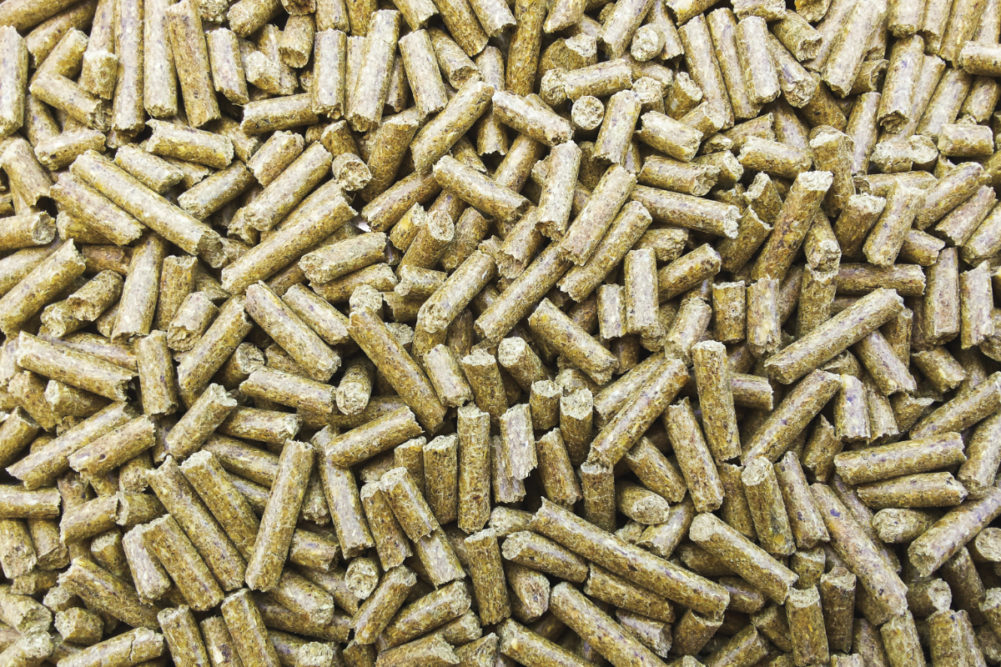BRUSSELS, BELGIUM — EU compound feed production (EU 27+UK) for farmed animals in 2020 is estimated at 161.4 million tonnes, a decrease of 2.2% compared to 2019, according to forecast data provided by the European Compound Feed Manufacturers Federations.
The report, released on Nov. 5, said all main feed categories are set to decrease, mainly as a result of the combined indirect impact of COVID-19 affecting consumer demand for products of animal origin and the direct effects of the spread of animal diseases (African Swine Fever, Avian influenza).
Cattle feed production, which is estimated to decrease by 2.9% compared to the previous year, is suffering most from the COVID-19 measures applied during the first and second waves, in particular the closure of the HORECA chain (Hotel/Restaurant/Catering), according to FEFAC.
The decreased demand for more expensive cuts of meat, like veal, fresh meat and added valued dairy products, have impacted the whole supply chain. Farmers have reduced usage of compound feed in their feed ratios in order to reduce milk output and slow growth of livestock. This was only partially compensated by rising demand in Eastern Europe where drought conditions led to poor forage harvests, FEFAC said.
Concerning EU pig feed production, a decrease of 1.1% has been forecast by FEFAC. Spreading African Swine Fever triggered the Chinese import ban of pig meat from Germany. Spain can only partially replace Germany in exporting to China, due to limited production capacity, the report said.
FEFAC said a knock-on effect of the ban is that pig meat initially destined for export to China will stay in Europe, impacting pig feed production. On top of ASF, some member states, (e.g. The Netherlands), are depopulating their pig herds in order to lower agricultural environmental emissions.
Poultry feed production is set to decrease by 2.7% after several years of steady increases, the report showed. The poultry sector reacted to the COVID-19 lockdown measures launched in spring 2020 by reducing its production, leading to significantly lower demand for poultry feed.
FEFAC noted that following a period of partial recovery during the summer months, a further decrease is expected by the end of the year, mainly in Romania, Ireland and Spain.
Avian influenza spreading in several parts of Europe will hamper any recovery on the ground. It noted that poultry feed production may possibly lose its position as leading segment EU industrial compound feed production to pig feed for the first time in more than a decade as a result of a continuous downward trend.





